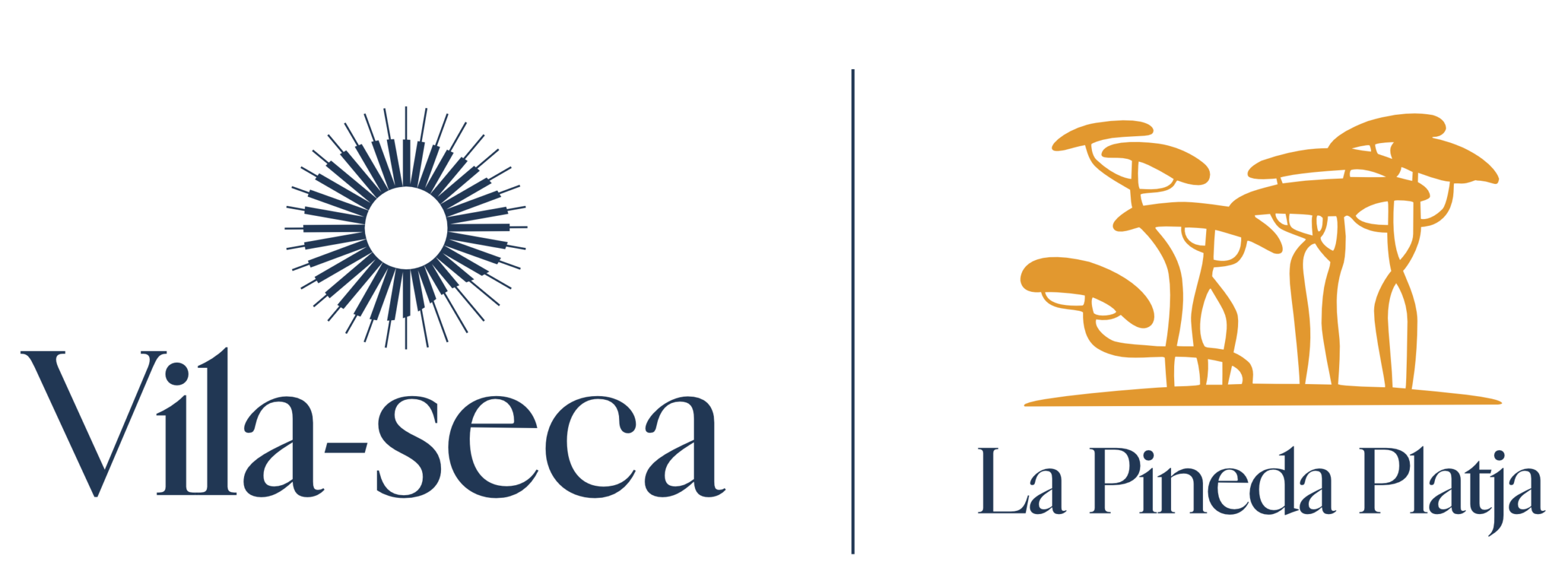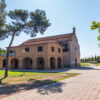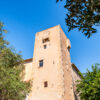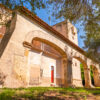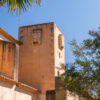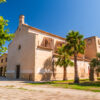The Santuari de la Mare de Déu de la Pineda (Mother of God of La Pineda Chapel), located some 300 metres north of the intersection between the Salou-Tarragona dual carriageway and Raval de la Mar, in the direction of Vila-seca, is very well known to locals because of the traditional pilgrimage made to the church on Easter Monday.
In 1772, Archbishop Joan Lario granted permission to Vila-seca to organise a procession to the chapel and celebrate a feast there on the second day of Easter. In earlier times it was the parish church of the former territory of La Pineda.
The church dates back to the first half of the 13th century, although only the adjoining defence tower remains from that period, as the current building dates from the 18th century. Until it became a sanctuary, it had been the church and parish church of the old territory of La Pineda. Inside, the altarpiece from the same century as the building stands out, which frames the image of the Mare de Déu, a bas-relief on a stone slab that is believed to date from the second half of the 14th century.
A bit of history
La Pineda Chapel was originally a castle that was acquired by the church in 1211, after permission was granted by Pere the Catholic.
The first written references to the chapel are from 1327, 1348 and 1362, and are mainly wills and records of donations and bequests to the Chapel of la Mare de Déu de la Pineda. The parish cemetery was located south of the church outside a side door and near the tower. In the middle of the turbulent sixteenth century, it was the place chosen for the exchange of captives. From this time to the turn of the seventeenth century, mass pilgrimages from Vila-seca started to gain in popularity. Indeed, in 1611 there was one to christen and bless a bell.
The building was expanded after authorisation was granted to this end on 17 April 1708. The present-day church was consecrated in 1758. The Baroque-style altarpiece was carved by artist Antonio Ocharo. It comes into stark contrast with the austere gentility of the building, which has remained unaltered, despite successive reformations during the eighteenth century. These works and the establishment of the municipalities in 1837 would cause oddly bizarre situations between Salou, La Pineda and Canonja. Later, the building would be excluded from the act decreeing the confiscation of all church property. These were the beginnings of what would become the prosperous holiday resort of La Pineda.

